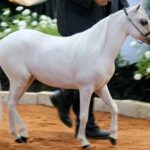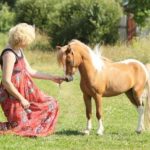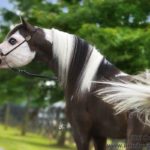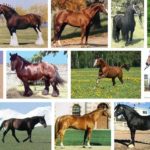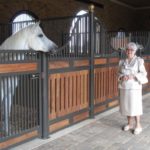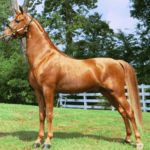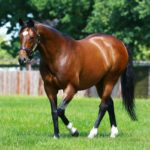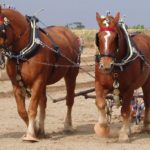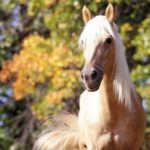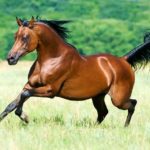Among the horse breeds, there are those whose characteristics set them apart from all the others. For example, the height of animals of the American miniature breed does not exceed 85 cm. They are the size of a large dog. The American Miniature Horse's small size makes it popular among owners of exotic horse breeds. Let's consider the description, characteristics of the breed, keeping and caring for animals at home.
History of the breed
Despite the name - American Miniature - the history of the breed begins in Europe.Back in the 17th century, small animals were kept by noble people as pets. Since the 18th century, small horses have been used to work in mines.
From Europe, mini-horses came to America. The descendants of these animals formed the core of the breed, which was registered as a separate breed in 1978. Today, the United States is considered the center of breeding; a specially created association registers all purebred individuals.
Appearance and characteristics of the American miniature horse
According to breed standards, animals should have 70-85 cm at the withers. Foals grow until they are 3 years old. The main difference between the American miniature and the pony breeds is the body proportions characteristic of a large riding horse. They have a regular graceful build, a small head, thin high legs, and smooth short hair.
Their character is good-natured, the animals are sociable, non-aggressive, and love communication with humans. Even stallions rarely sort things out among themselves, so they can be kept together. Miniature American horses live up to 35-40 years and retain the ability to reproduce until 21-23 years.
Advantages and disadvantages
Participation in the show
American miniature horses respond well to training elements; the animals are often used for photo shoots and exhibitions. They are not aggressive towards children; children under 4 years old can be ridden. Hardy, harnessed to a light cart, capable of carrying an adult.
For breeders and owners of these horses, there are championships where build, conformation, and elegance are assessed. Movement at different gaits, work in harness, completion of a route with barriers and also the outfit of the animal in “costume classes” are assessed.
Maintenance, care and nutrition
A purebred horse can be kept on a private property in a small, insulated stable. Be sure to take your pet for a walk every day. Feed, like large horses, fresh grass and hay, grain, cereals (20% of the diet), give fresh vegetables and fruits. They eat little, but more than large horses, given their weight and body size. Mini horses are prone to obesity, especially if not exercised. Excess weight will cause the development of metabolic diseases and other pathologies.
In summer they can graze on pasture, in winter they must be kept in a stall, but also taken out for a walk every day, with the exception of days when it is very cold. Walking helps keep animals healthy and strengthens joints and ligaments.
A stable for a miniature horse must be insulated, despite the fact that animals are overgrown with wool for the winter, which retains heat well. Caring for a mini-horse involves cleaning the bedding, brushing the coat, and trimming the hooves at least once every 1.5-2 months. To remove the smell that is inherent in any horse, the animal needs to be bathed outside or even in the bathroom with warm water and animal shampoo.
This should be done no more than once a month so as not to dry out the skin. A small horse needs vaccinations and deworming.
Breeding Features
Adult stallions and mares must be kept separately. Released together only for mating purposes. Young animals up to 2 years of age can be kept together. Then you need to divide by gender. Young stallions that have grown up together can be kept together as long as they are not aggressive towards each other. If they start fighting, separate them into separate pens. For comfortable communication, it will be enough for the horses to see each other.
Pregnancy in an American Miniature breed mare lasts 11 months. When breeding at home, you need to invite a veterinarian to perform the birth, as mares of this breed may have problems with foaling.
Frequent illnesses
Like large horses, miniature ones often experience colic, which without immediate help can result in the death of the animal. Hoof diseases – rheumatic inflammation, laminitis, rotting of the frog – occur due to improper maintenance and poor care. Horses can become infected with infectious diseases; vaccination is carried out for prevention.
The American Miniature is a correctly built horse, attractive in appearance, which can be kept in a private home as a pet. Caring for and feeding babies is no different from caring for an ordinary horse. A mini-horse can become a family friend, but children especially love such animals. Even those children who are scared by their larger brothers feel confident with them. The horses are calm, friendly, and can live next to their owners for decades.

